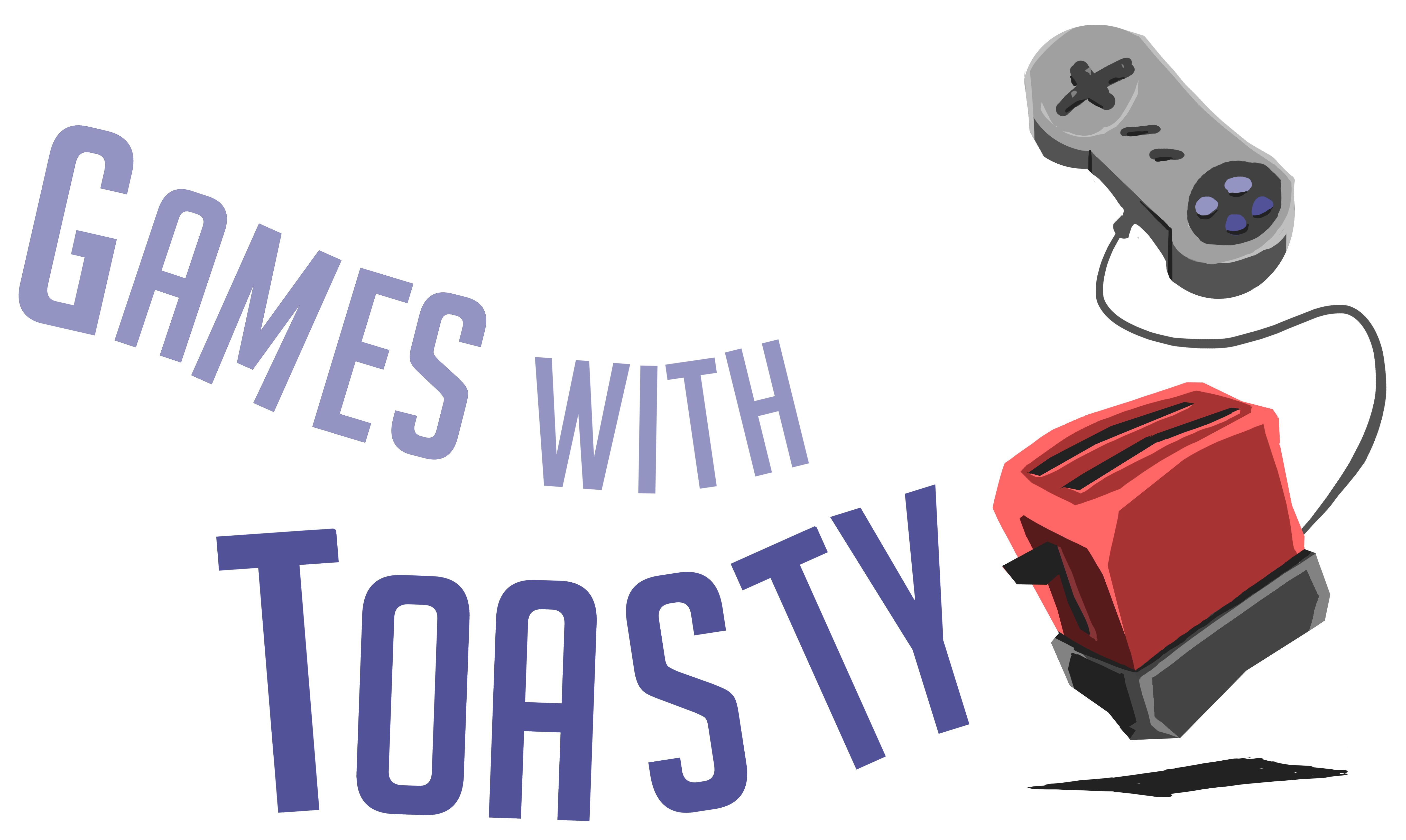
Many games try to evoke some sense of nostalgia. They use retro-inspired graphics or play chiptunes that are adapted from the greats of yestercade. Few developers, however, go so far as to make a game that’s not only inspired by 90’s arcade Shoot ‘Em Ups, but to quite literally make a 90’s Arcade Shoot ‘Em Up. Enter Fast Striker by NGDEV.
The 90’s Are Back In Town
Fast Striker was originally released in 2010 for the NEOGEO and Dreamcast, both of which had been dead for well over a decade. As bizarre as that sounds, Fast Striker was then ported to PS4 eight years later, and here we are, three years after that, reviewing it. The game has certainly had an interesting life, but is it any good?
Right off the bat, I want to discuss what makes Fast Striker truly one of a kind. The graphics. Fast Striker has beautifully chunky pixel graphics that scream early 90’s Shmup. Enemies, bosses and your ship look fantastic – if you dig this kind of retro-styling. Bullets, both from you and your enemies, are bright, colourful and bold, making it easy to detect oncoming threats. Backgrounds are a little bit basic, although most have some pretty interesting animation going on to spruce it all up. They do feel a tad samey between stages, but as an overall package, the game looks right at home on an old CRT.

This art style is backed by a thigh-spankingly good soundtrack that oozes heart-pounding synthy goodness from every metaphorical string. It drives the game forward brilliantly with an eruption of headbanging tracks that would fit on anyone’s workout playlist. It’s seriously good and almost worth the price of admission alone.
Couple Niggles
The presentation does come with a couple of caveats, however. Firstly, the game has not been given any HD treatment. As gorgeous as those chunky pixels are, the game was begging for a tarting up to get those sprites singing along with that original score. Sound effects are also quite weak, with bullets and explosions sounding surprisingly limp for a game this crunchy. More could have been done here, that’s for sure.
Visual and audio stuff aside, how does Fast Striker hold up compared to modern, and even retro, Shmups? The game is split into four difficulties, with each difficulty actually being a unique mode – although they all share the same stages…mostly. Regardless of mode, your ship can fire forwards and backwards in two firing spreads. Holding each respective button down results in a mode-specific firing pattern, whilst tapping that same button produces another. Tapping also allows you to maintain maximum speed, and automatically vacuum collectables. Holding it down on the other hand slows you to crawl, which is perfect for tight dodges when the screen gets busy.

Fast Striker does tend to flood the screen with projectiles, although it doesn’t feel especially bullet-helly when compared to other games in the genre. At least not on the more tame difficulties/modes. The game also doesn’t have any genre-staple bombs, but it does come with a functionally similar shield system. You can expend resources to activate a shield making you impervious to damage, and allowing you to collide with enemies to inflict massive damage. It’s a cool system that works well in a pinch.
Simple Shmup Action
The game is split into 6 stages (5 for Novice) that throw ever increasingly difficult waves of enemies in your general direction. There are also the occasional obstacle and mini-boss to contend with and more than a few sneaky ambushes to keep you on your toes. It’s traditional Shmup gameplay, with very little in terms of bells and whistles. Bosses spice things up with interesting attack patterns and are all a joy to figure out and takedown. Memorisation and a steady hand go a long way here. This is of course helped by the fairly short run time.
Each mode comes with a unique scoring system, which does a great job of injecting some replayability into the title. It’s a shame that there are no online leaderboards, and the local leaderboard is all but inaccessible whilst surfing the menus. This ultimately made the scoring in Fast Striker feel little more than dressing, as opposed to a catalyst for score chasing, which is a real shame.

My biggest gripe with Fast Striker on PS4 is the amount of input lag that seems to be present. The game can often feel incredibly sluggish to play, and from what I gathered from my research, this wasn’t the case on the Dreamcast or NEOGEO releases. I experimented with both a Dualsense and a Dual Shock 4, and neither seemed to perform particularly well. That being said, I did get used to it over time, and the core experience of Fast Striker manages to shine through regardless.
Conclusion
Fast Striker manages to do a lot of things right. The classic sprite work is amazing, the original score slaps harder than my wife, and it has plenty of modes and variations to mess around with. It’s also incredibly cheap coming in at about £1 on sale, and not much more than that off. The lack of HD polish, the basic sound effects, input delay and lack of leaderboards do hamper the game somewhat, but it’s still a fun romp regardless. I’d recommend Fast Striker to any Shmup fan looking to rekindle their love of 90’s Shmups, and as an entry-level game for newcomers, it doesn’t do too badly either.

For notifications when the latest article drops, follow me on Twitter @gameswithtoasty. Alternatively, you can join the Games With Toasty Facebook page or follow my Podcast! Happy gaming.

One thought on “Fast Striker Review – Is NEOGEO Back?”